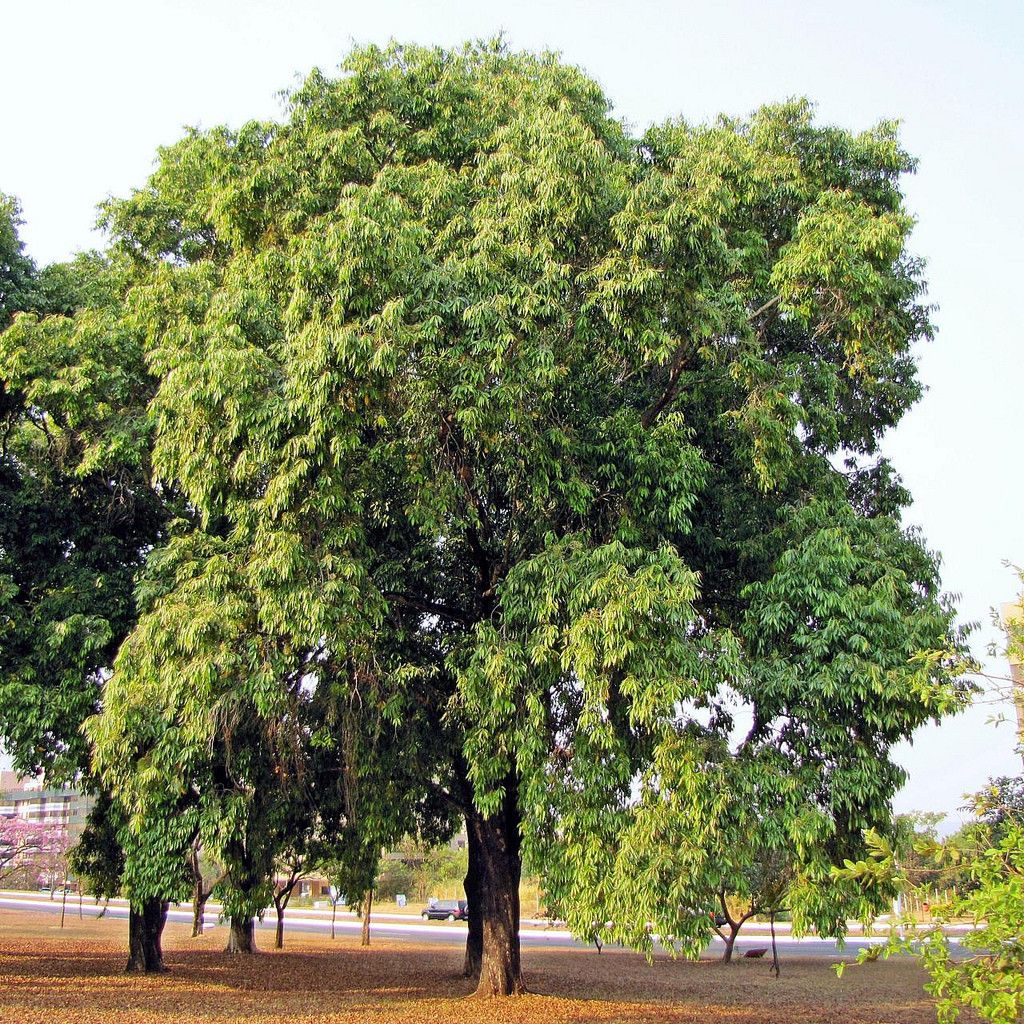Atulya Vanam's Mighty Jamun Tree: Unveiling Nature's Healing Palette Across Healing Traditions
The Jamun tree (Syzygium cumini), known as the Indian Blackberry, stands as a natural repository of health and vitality, offering a wide range of therapeutic benefits through its leaves, fruit, bark, roots, and flowers.
In this all-encompassing blog, we embark on an enlightening journey to explore the diverse uses of the Jamun tree across various medical systems, including Modern Medicine, Ayurveda, Unani, Homeopathy, Siddha, and its versatile applications. Additionally, we delve into the distinct Jamun varieties flourishing in India.
Medicinal Value
Modern Medicine:
Fruit (Jamun): Jamun’s deep purple-black fruit is rich in antioxidants, contributing to blood sugar regulation and overall well-being.
Polyphenols: The polyphenols in Jamun have garnered attention for their potential in managing diabetes and enhancing cardiovascular health.
Ayurveda:
Fruit (Jamun): Ayurveda values Jamun for its astringent taste, which balances kapha and pitta doshas and supports digestion.
Seeds: Jamun seeds are used in Ayurvedic formulations targeting blood sugar levels and supporting urinary health.
Unani:
Fruit (Jamun): Unani medicine esteems Jamun for its nutritional value, seeing it as a source of energy and overall wellness.
Homeopathy:
Fruit (Jamun): While not a primary ingredient, Jamun may be included in homeopathic preparations targeting specific health concerns.
Siddha:
Fruit (Jamun): In Siddha medicine, Jamun is believed to have potential in managing diabetes and enhancing overall health.
General Uses
Culinary Elegance: Jamun’s uniquely tangy-sweet flavor is celebrated in jams, jellies, beverages, and culinary delights.
Digestive Health: Jamun’s astringent properties are often used to address digestive issues and promote regular bowel movements.
Natural Dye: Jamun’s bark is traditionally used to produce natural dyes for textiles.
Ornamental Value: With its lush foliage and delicate blossoms, Jamun serves as an ornamental tree in landscapes.
Jamun Varieties in India:
Black Jamun: Known for its rich purple-black fruit and distinct flavor, Black Jamun is the most commonly cultivated variety.
White Jamun: Recognized for its pale yellow-green fruit, White Jamun has a milder taste and is less commonly grown.
Rose Apple Jamun: Characterized by its rosy aroma and delicate fruit, Rose Apple Jamun is favored for its unique appeal.



More about Jamun trees
Jamun trees (Syzygium cumini), also known as Indian blackberry or Java plum trees, possess unique qualities that make them fascinating and significant in various ways. Here are some intriguing facts about Jamun trees:
- Cultural and Culinary Heritage: Jamun holds cultural and culinary significance in India and other parts of South Asia, where its fruits are enjoyed fresh or used to make jams, juices, and desserts.
- Medicinal Traditions: In Ayurveda and traditional medicine, various parts of the Jamun tree are utilized for their potential health benefits.
- Antioxidant-Rich Fruits: Jamun fruits are known for their deep purple-black color, which is indicative of their high anthocyanin content, powerful antioxidants that contribute to their potential health benefits.
- Diabetes Management: In traditional medicine, Jamun is believed to help regulate blood sugar levels, and modern research is exploring its antidiabetic properties.
- Digestive Aid: Jamun is traditionally used to aid digestion, alleviate stomach ailments, and improve gut health.
- Nutrient-Rich: Jamun fruits are a good source of vitamins (A and C), minerals (iron and potassium), and dietary fiber.
- Seed Powder: The seeds of Jamun are dried and ground into a fine powder that is used in various herbal formulations for its potential health benefits.
- Natural Astringent: Jamun fruits have a mildly astringent taste, which may contribute to their use in traditional remedies for diarrhea and dysentery.
- Natural Dye: The dark purple color of Jamun fruit has been traditionally used as a natural dye for fabrics and other materials.
- Landscaping: Jamun trees are appreciated for their dense foliage, attractive appearance, and potential shade benefits, making them popular choices for landscaping.
- Wood Utilization: The wood of the Jamun tree is used in traditional crafts and carpentry, including making furniture and utensils.
- Traditional Rites: Jamun leaves and fruits are sometimes offered in religious rituals and cultural ceremonies.
- Diverse Uses: Different parts of the Jamun tree, including the bark, leaves, seeds, and fruits, are used in traditional remedies for various ailments.
- Widely Cultivated: Jamun trees are commonly found in rural and urban areas, and their fruits are often sold in local markets.
- Wildlife Attraction: The sweet-sour taste of Jamun fruits attracts a variety of wildlife, making the tree ecologically valuable.
- Potential Skin Benefits: Some skincare products incorporate Jamun extracts for their potential benefits on skin health and complexion.
- Global Interest: Jamun’s potential health benefits have sparked interest in various countries, contributing to its recognition as a unique fruit.
These extraordinary facts showcase Jamun trees’ significance in cultural practices, traditional medicine, and potential health benefits. From its rich antioxidant content to its versatile uses, the Jamun tree continues to be cherished for its contributions to various aspects of life.
Conclusion
The Jamun tree, a harbinger of wellness and sustenance, surpasses its role as a provider of delectable fruit. Its leaves, fruit, bark, roots, flowers, and diverse applications intertwine with a rich tapestry of medical systems and cultural practices. From Ayurveda’s ancient wisdom to modern medical affirmation, the Jamun tree’s virtues flourish. By embracing the symphony of traditional knowledge and contemporary exploration, we unveil the myriad ways in which the Jamun tree enriches our lives—nurturing not only our bodies but also our cultural heritage and the vibrant vitality of our environment.
